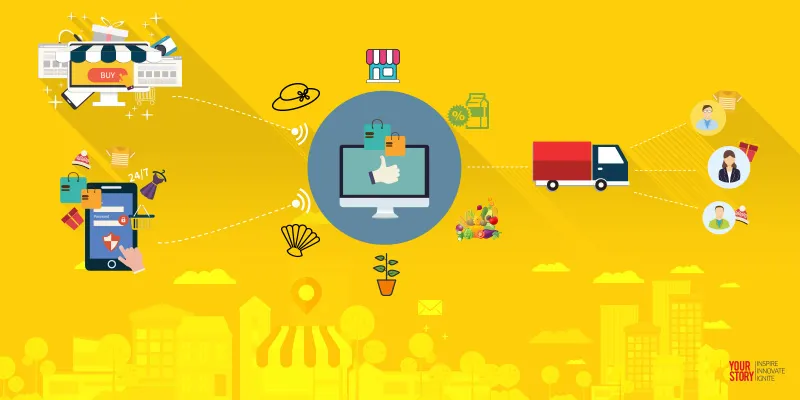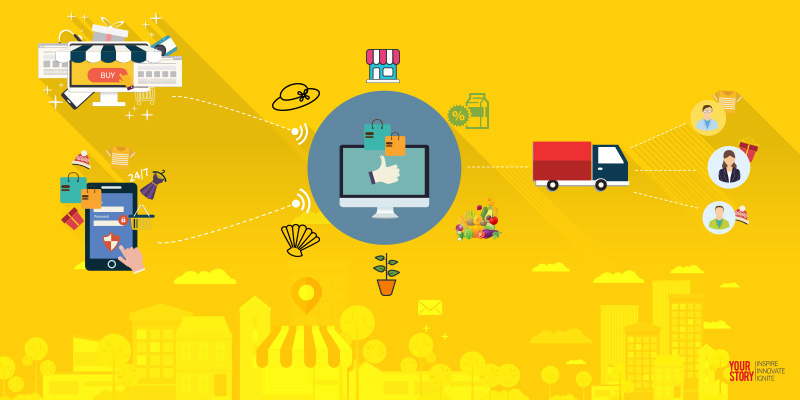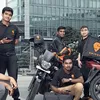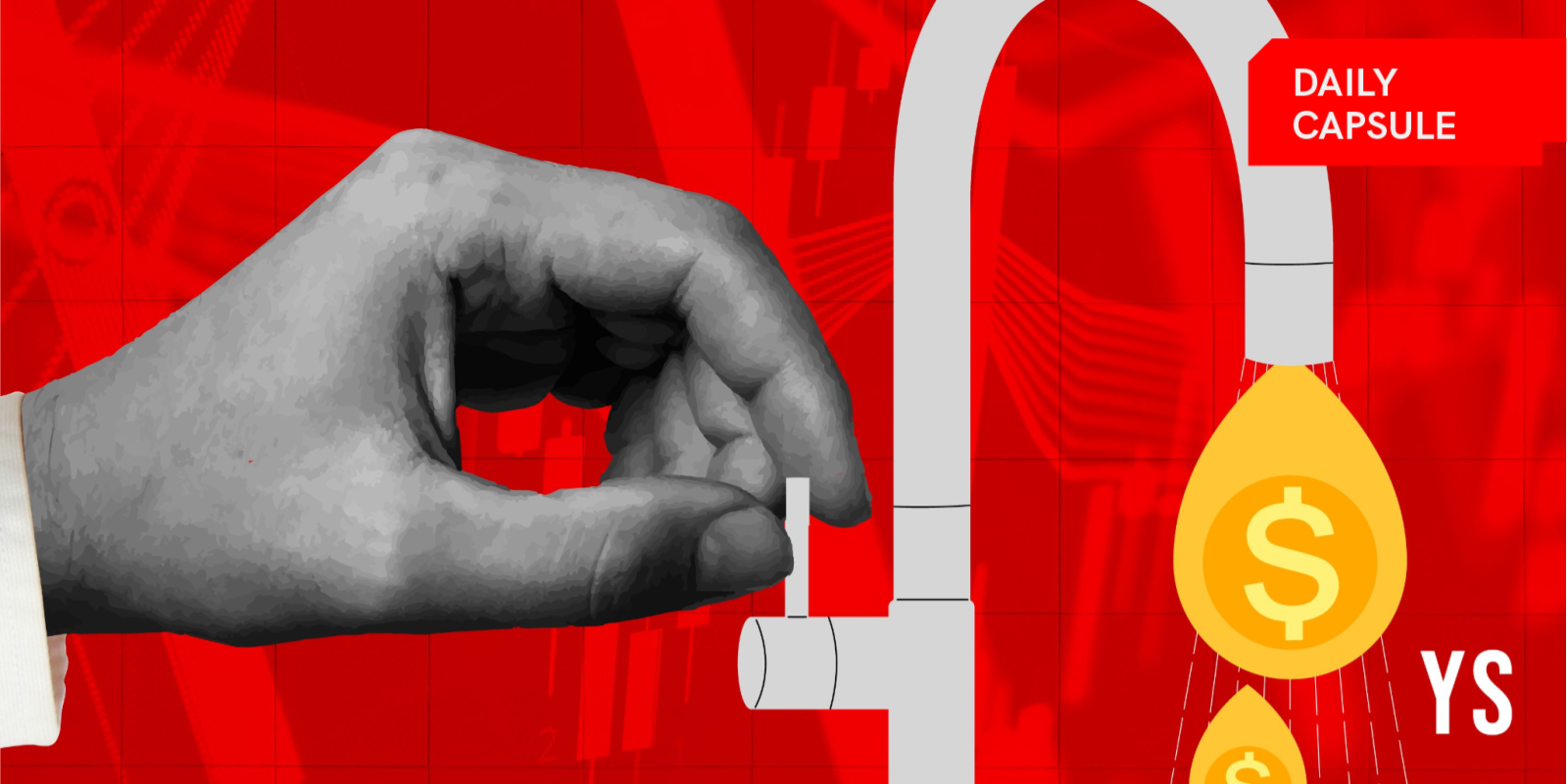Why hyperlocal startups like Swiggy and Dunzo are set to go the Gojek way and form super apps
While the super app model may be popular with China’s WeChat and Indonesia’s Gojek, does it make sense for Indian hyperlocal delivery startups to go down the same route?
Earlier this month, Hyderabad’s resident Obesh decided to order food on Zomato. But then, something else happened. In the ultimate jugaad, he managed to hitch a ride home with the delivery executive. While Zomato, present in over 500 cities across the country, may not be a bike-hailing service, it did so for one night.
And guess what? This multi-purpose use of a service isn’t a new phenomenon. Indonesian unicorn Gojek is famously known for delivering ‘everything’. In fact, it also provides digital payments services on its platform.
Founded in 2010, Gojek began as a bike-hailing platform, but it is a larger transport ecosystem today that provides everything from food delivery to on-demand delivery, mobile payments, and even logistics services.

Closer home, Google-backed Dunzo has been working on a similar model since 2015. Started as a WhatsApp concierge service in Bengaluru, the startup recently launched bike-hailing services in Delhi-NCR, Hyderabad, and Jaipur, venturing into different avenues.
Dunzo also launched B2B delivery services. At present, it clocks two million orders in a month across six cities, developing an almost cult-like following.
Kabeer Biswas, Co-founder and CEO of Dunzo, says, “All of us are building what looks like the postal service for Indian cities. The postal service delivers everything. It’s been our approach for a good 18 months at this point and I can completely imagine everyone building a supply business to pivot to that.”
Following suit is Swiggy, which recently launched Swiggy Stores and Swiggy Go. And if sources are to be believed, even Zomato is looking at different modes to work along its food delivery model. However, Zomato has always maintained that it is a food company.
Swiggy also has Supr Daily, its daily-essential delivery model and Daily - its meal subscription service. On the other hand, Gurugram-based Zomato has B2B farm-to-fork model Hyperpure.
Explaining why it is lucrative for hyperlocal startups to go the Gojek ‘Super App’ way, Sanjay Anandaram, mentor and early-stage investor, says,
“At the end of the day, it is the business of moving materials or people from point A to B. If you look at the key asset in any hyperlocal delivery startup, it is the two-wheeler. And for a startup to use this asset profitably and effectively on one trip - it is to be able to deliver as many items or goods in that timeframe.”
Sweating the asset
Another factor, Sanjay says, is that this also means an effective utilisation of assets. Food orders do not happen throughout the day - they have peak hours like the noon and evenings. During the remaining time, these assets or two-wheelers, and the executives driving them, can be utilised for different kinds of delivery.
“It is called ‘sweating the asset’, which significantly helps drive revenue and profitability for owning an asset and vehicle,” adds Sanjay. At present, delivery times ranges between 30 and 45 minutes, and partners make an average of Rs 15,000 to Rs 18,000 in a month.
Swiggy already has a delivery fleet of 2.5 lakh partners across 290 cities. Zomato has over 1.2 lakh delivery partners.
Food delivery executive Ramesh says that he makes over 15 food deliveries on a regular day. On special occasions like during a cricket match or on festivals, this number can go up to 18 deliveries.
While he works around demand-rich areas to ensure volumes, Ramesh doesn’t have a consistent flow of orders throughout the day. If and when the company applies a model working on different kinds of deliveries, this volume will increase, ensuring a higher salary for delivery partners like him.

Goldmine of data and use cases
These multi-purpose models give the companies different ways to connect with customers and also amass large amounts of data, preferences, and purchasing behaviour. They also offer different customer use cases to work and interact with, helping startups understand what their target audiences do online.
China’s WeChat, for example, has successfully entrenched itself into the life of every consumer. The general consensus is that the data generated from these models are more stable, helping the organisations be more profitable and scale faster.
“With multiple deliveries being made to a particular area and to a particular set of people, you get an understanding of the kind of people in the area, the kind of things they prefer to buy, their commute routines, and general demography. This, in turn, can help startups build marketing initiatives, targeting plans, and even launch personalised services,” says an investor, on the condition of anonymity.
The complexity of the supply chain
But does it make operational sense to go the Gojek way? The task of delivering just about anything and everything seems cumbersome, long, and of course, operationally intensive. However, many believe that this was a tale in 2015 when most startups were discovering the nuances of the business.
This new model also means training driver partners to deliver different packages in different ways and following various protocols. Like Sriharsha Majety, Co-founder and CEO of Swiggy, said, it is important to get the basic service right.
He went on to explain how the company focussed on being boringly predictable. Once that is done, everything else just becomes an add-on.
The investor who wished anonymity also believes it is best to follow and focus on one thing and then move on to the next.
They explain, “It is about building something that is strong and then adding layers. Ultimately, you need to ensure that your core focus is one thing, before you add different layers.”
Sanjay Anandaram adds that it all boils down to the complexity of the supply chain. In the early days, most hyperlocal delivery startups were themselves understanding the space and the market.
“If you take Flipkart, for example. It started its ecommerce business in 2007. This meant it had to set the entire infrastructure from building the internet business to ensuring logistics. It is a similar story for food delivery and grocery delivery players as well,” he adds.
But there are challenges galore. For example, India is an infrastructural nightmare. Sanjay explains that one of the biggest challenges lies in connectivity.
“The number of pincodes and the vastness of the nation makes delivery a challenge, and most organisations have to create a mini postal service,” he says.
However, with different app-based hyperlocal service players in the market now, the number of ‘micro’ deliveries have become easier. Especially, with startups working on perfecting the supply chain model for close to four years now.
Regulatory challenges along the way
To go the full super app way, most of these hyperlocal startups will also need to battle the would be regulatory grey areas. For example, Dunzo, which was delivering alcohol, had to stop because of regulatory challenges. In fact, due to Karnataka’s constant beef with bike-taxi services, the startup will also find it difficult to launch its ride-hailing services in Bengaluru, where it originated from.
At present, market regulations in India are in their nascent stages and most models are yet to find acceptance. However, the ongoing dialogues are trying to make it easier for startups.
Ultimately, it is about the consumer, and how it benefits them. An analyst of a leading consultancy firm adds,
“In the past few years, consumers are opening up to the idea of ordering different things online. While the core models of delivery like food, grocery, and e-commerce have been penetrating deeper into Tier-II and III cities, a super app like Gojek will take time. However, in metro cities, these models are gaining popularity. Thus, they are clearly in their early adopter phase. Only time will tell, if they can be a pan-India phenomenon.”
Are you ready to go the super app way?
(Edited by Saheli Sen Gupta)









1566210615008.png?fm=png&auto=format&h=100&w=100&crop=entropy&fit=crop)





